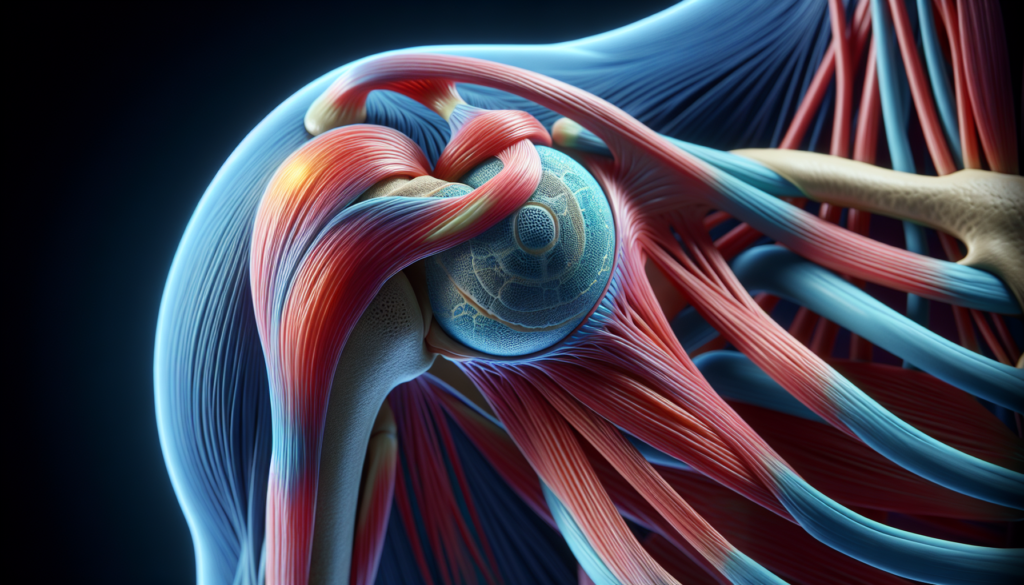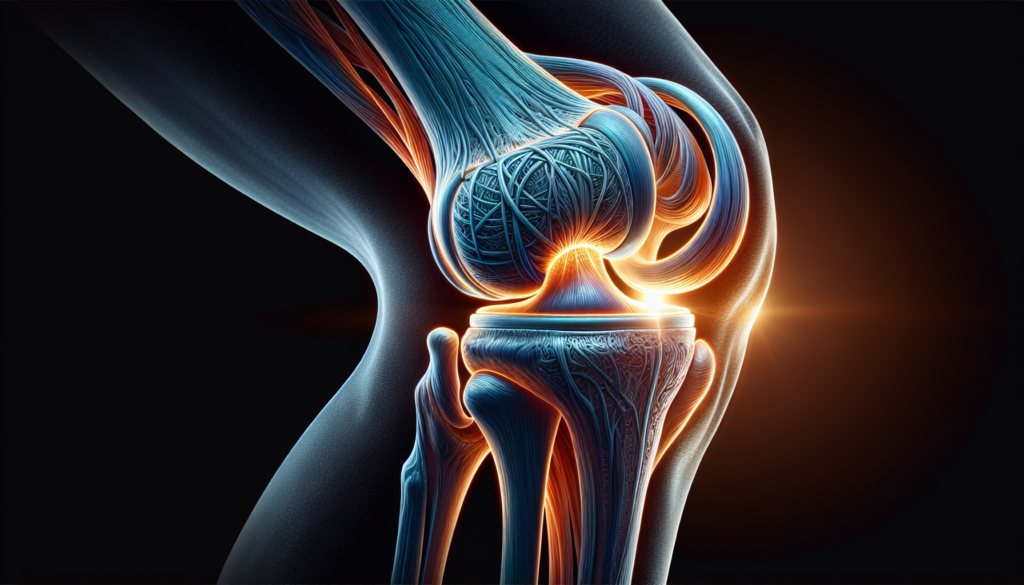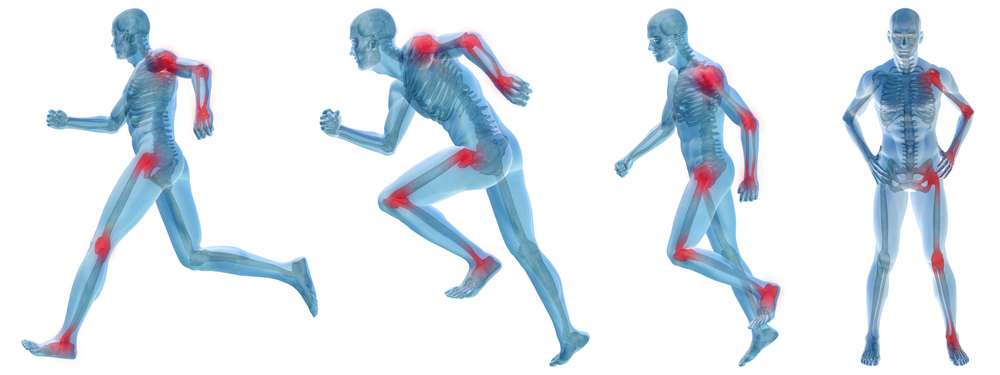Dr. Kevin Plancher with Plancher Orthopaedics & Sports Medicine Offers Tips to Prevent Knee Damage Leading to Arthritis
NEW YORK, and GREENWICH, Conn. (PRWEB) October 31, 2018

While our knees may be among the most vulnerable joints to osteoarthritis, that doesn’t mean we can’t prevent damage that leads to the highly common and debilitating condition, according to orthopaedic surgeon Kevin D. Plancher, MD, founder of Plancher Orthopaedics & Sports Medicine.
“Arthritis isn’t always preventable, and more than half of us will have signs of osteoarthritis by the time we’re 50,” Dr. Plancher explains. “But it’s not inevitable, and we can proactively try to avoid arthritis in our knees by taking several key steps to protect and preserve the joint. Because who doesn’t want to stay fully mobile?”
The leading cause of disability among U.S. adults, about 31 million Americans cope with pain, stiffness and swelling from osteoarthritis, the “wear and tear” type of arthritis that’s the most prevalent form of the disease, according to the Arthritis Foundation. The knee is one of the top sites of osteoarthritis, which results when the cartilage or “cushion” covering the ends of bones in the joint wear away, triggering the bone-on-bone grinding and the joint loses its lubrication.
Risk factors for developing osteoarthritis
Knees naturally bear the brunt of much of what happens to our body while we move about every day – including the normal turning and twisting motion that can strain joints as well as the impact of any extra weight we may carry around (whether on our bodies or in our arms).
Age is a major risk factor for developing osteoarthritis, Dr. Plancher notes, as most people who get it are over 50. Also at play is a person’s genetic predisposition to the condition, which can run in families.
“Another risk factor is diabetes,” he adds. “High blood sugar levels raise the odds of osteoarthritis by promoting molecules that make cartilage stiffer and more prone to stress. Certain types of athletes, unsurprisingly, are more prone to the condition because of the constant pounding their sport may cause to knee joints, as well as any injuries.”
Tips for protecting your knees
While you can’t completely eliminate the chances of developing knee osteoarthritis, Dr. Plancher offers these pointers to help protect your knee joints:
- Control your weight: Whittling away any extra pounds or staying at a normal weight may be the best way to keep osteoarthritis away, he says. “Much research has shown that obese adults are far more likely to develop arthritis,” he adds. “Being overweight is terrible for weight-bearing joints such as the knees and losing even some excess weight significantly lowers your chances of developing osteoarthritis. Try cutting portion size at meals.”
- Exercise regularly: Not only does exercise ward off weight gain (see above), but regular physical activity is one of the top ways to keep joints healthy, helping them stay limber and strengthening muscles surrounding the knee, Dr. Plancher explains. Stretching before and after workouts only enhances these effects. Try cycling or swimming.
- Avoid knee injuries: Obviously, nobody tries to get injured. But knee injuries make it many times more likely that the joint will develop arthritis later, he says. “Wear protective gear and be mindful of your movements when doing unusual activities or while playing your chosen sport,” he advises. Osteoarthritis occurs in about half of those who experience a traumatic joint injury, according to the Arthritis Foundation.
- Eat to beat arthritis: Good nutrition is important in preventing a multitude of undesirable health problems, including heart disease and cancer. But certain nutrients have been linked to lower risks of osteoarthritis as well. They include omega-3 fatty acids, which cut inflammation throughout the body, and vitamin D, which preliminary research associates with lower knee pain. Be sure to consult with your physician.
- Get injuries treated promptly: Research has demonstrated that those who injured a knee while younger were three times more likely to develop osteoarthritis in that knee, and those odds grow with injuries sustained as older adults, Dr. Plancher notes. “You may be tempted to put off seeing a doctor if the pain or dysfunction is low-grade but procrastinating on proper treatment only makes those odds worse because you haven’t corrected the problem,” he says.
- Consult http://www.plancherortho.com for great exercises that strengthen many muscles around your body.
Kevin Plancher, MD, MPH, is a board-certified orthopaedic surgeon. He founded Plancher Orthopaedics & Sports Medicine and serves as Clinical Professor, Department of Orthopaedic Surgery, Montefiore Medical Center/Albert Einstein College of Medicine in New York. Since 2001, he has been listed annually in the Castle Connolly directory as a “top doctor” in his field.
Plancher Orthopaedics & Sports Medicineis a comprehensive orthopaedics and sports medicine practice with offices in New York City and Greenwich, CT. http://www.plancherortho.com




 William D. Murrell, MD
William D. Murrell, MD Thomas B. Evely, DO
Thomas B. Evely, DO Clifford Voigt, MD
Clifford Voigt, MD Karthikeyan Chinnakkannu, MD
Karthikeyan Chinnakkannu, MD Max N. Seiter, MD
Max N. Seiter, MD Demetris Delos, MD
Demetris Delos, MD Lauren M. Fabian, MD
Lauren M. Fabian, MD